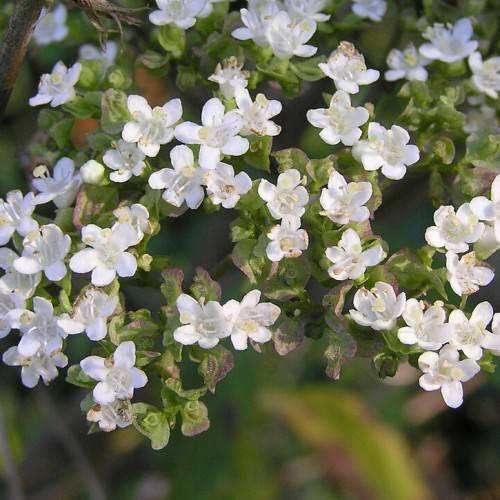
patrinia
Patrinia villosa
Cycle:
Herbaceous Perennial
Watering:
Average
Hardiness Zone:
5 - 8
Flowers:
Flowers
Sun:
Full sun
Leaf:
Yes
Growth Rate:
Low
Maintenance:
Low
Salt Tolerant:
Yes
Invasive:
Yes
Care Level:
Medium
watering
Patrinia (Patrinia villosa) prefers consistently moist soil. During the active growing season (spring and summer), water it when the top 1-2 inches of soil feel dry to the touch. During the winter months, allow the soil to dry slightly before watering. As the weather gets warmer, increase water frequency to keep soil consistently moist. To avoid overwatering, make sure to have adequate drainage.
sunlight
Patrinia plants require around 4 to 6 hours of direct sunlight per day to bloom optimally. They should be placed in a sunny spot for the majority of the day to maximize the number of blooms. The best time for sunlight is from mid-morning to early afternoon when the sun is brightest. When possible, avoid an excessive amount of sunlight as this can cause the leaves to burn or be discolored.
pruning
Patrinia (Patrinia villosa) should be pruned in late winter to early spring. This will allow the plant to best shape its growth for the upcoming season. Generally pruning should be limited and the pruning should focus on removing any dead, diseased, or damaged stems. Any stems that have become too long or out of shape should be cut back to a suitable size. This will also help the plant to produce more flowers. Pruning should also be done in a way to maintain the natural form of the plant, avoiding pruning too much from any 1 side.
